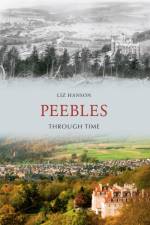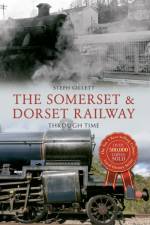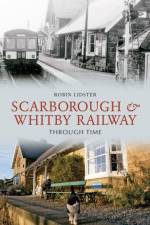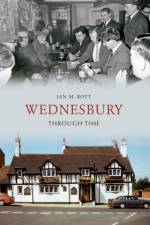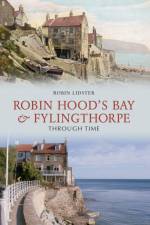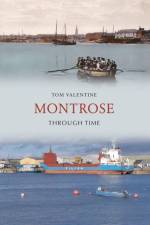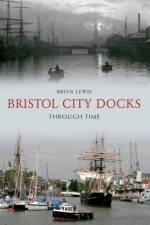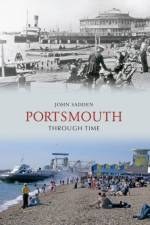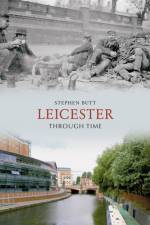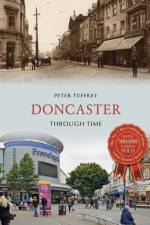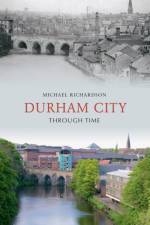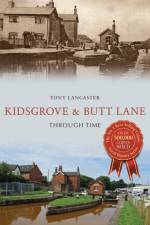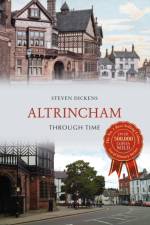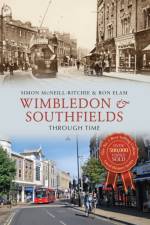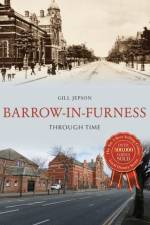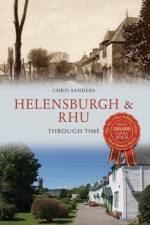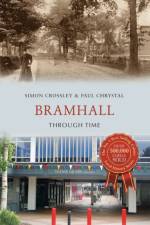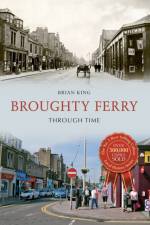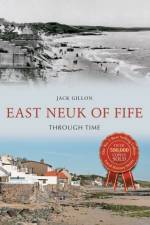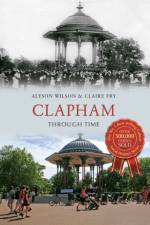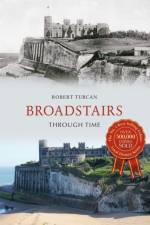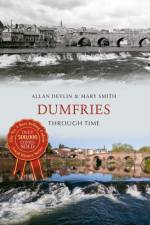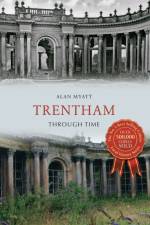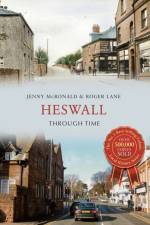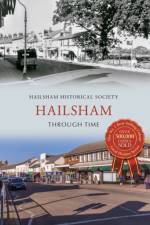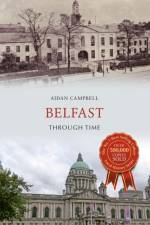av Peter Tuffrey
211
Doncaster has always benefited from its location. It stands on the Great North Road, superseded by the A1, the primary route for all traffic from London to Edinburgh, and due to its strategic geographical importance it emerged as an industrial centre in the mid-nineteenth century. Beneath the town lies a huge coal seam and it was this that prompted Doncaster's exponential population growth. In the early part of the twentieth century Doncaster became one of the largest coal-mining areas in the country, with the industry becoming one of the most significant local employers. However, along with many other areas, a large number of mining jobs were lost in the mid-1980s, and several pits closed. Today, coal mining has been eliminated with no collieries surviving. The demise of coal saw a domino effect that led to the removal of many other tertiary industries. In recent years, however, the city's fortunes have changed. Its centre has undergone redevelopment including the construction of an Education City campus, currently the largest education investment of its kind in the UK. The Doncaster Lakeside, incorporating Doncaster Rovers at the Keepmoat Stadium, is a massive new development and the ever-popular 'Dome', opened in 1989 by Princess Diana, contains a state of the art swimming pool, gym and ice rink. The Frenchgate Centre, a shopping centre and transport interchange, has also been extended to connect with the railway station and bus station. The Waterdale area of the town centre is currently undergoing rejuvenation, with a new theatre (known as CAST), new civic offices and a new public square already having been completed, on part of the site of the old Waterdale car park. These changes, and many more, are all documented in Peter Tuffrey's fascinating collection of old and new photographs of Doncaster.

